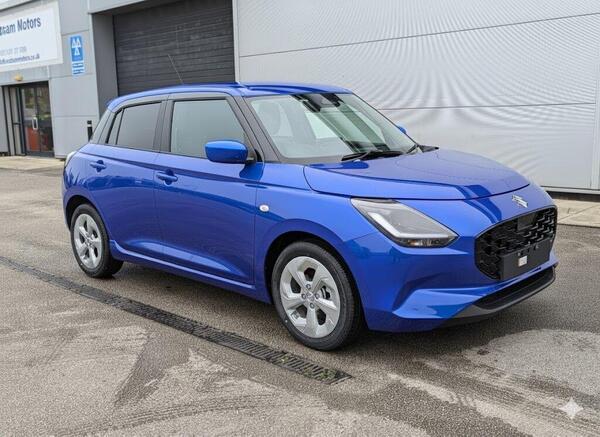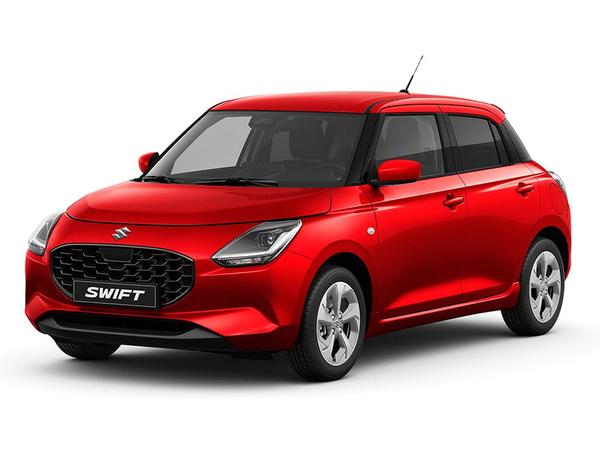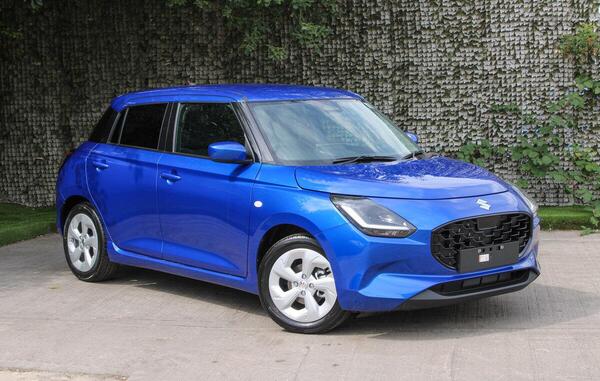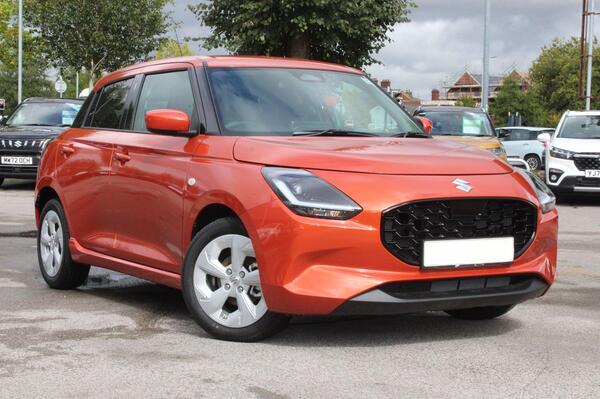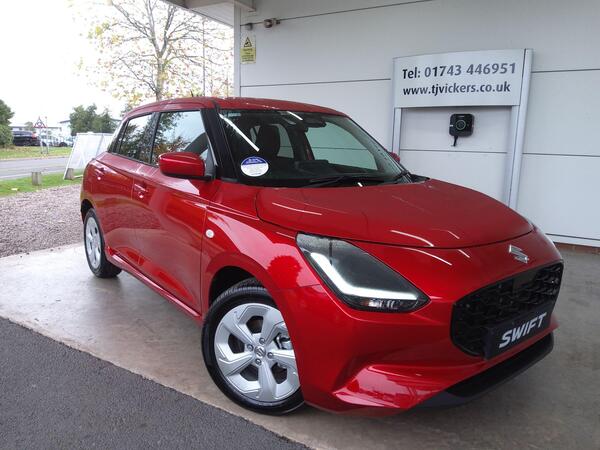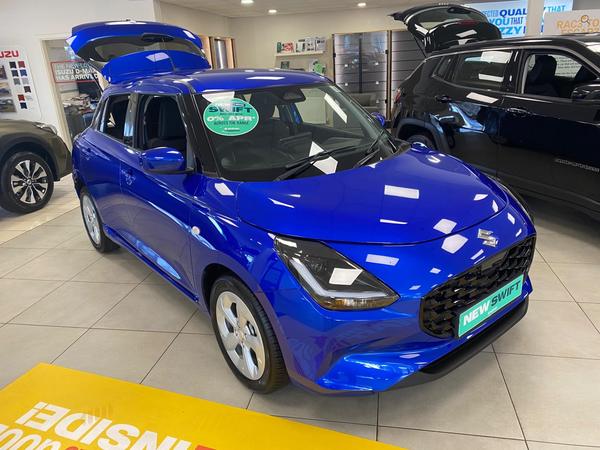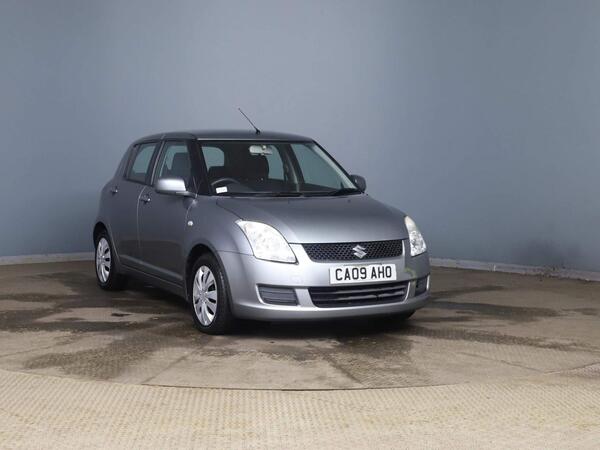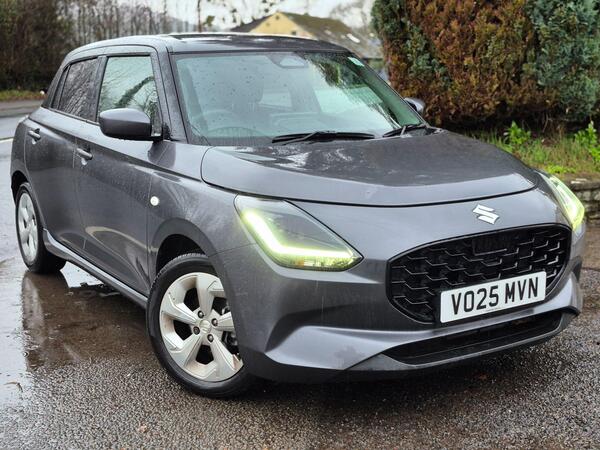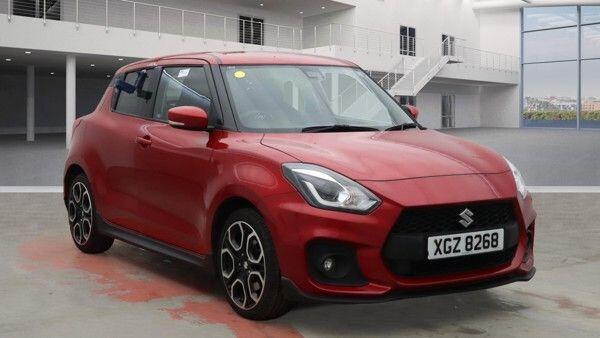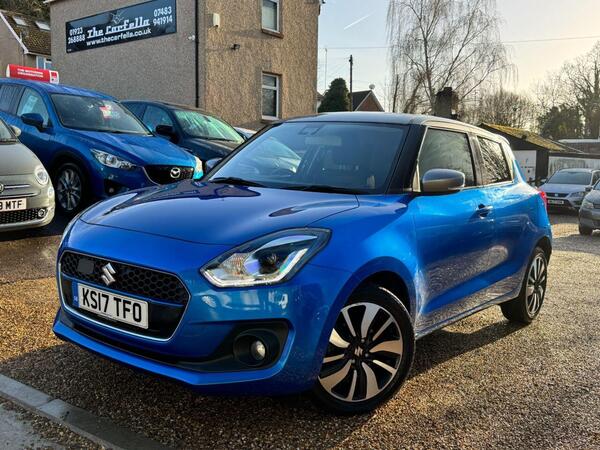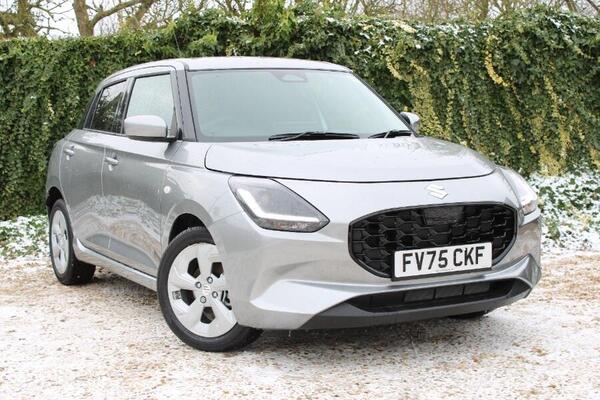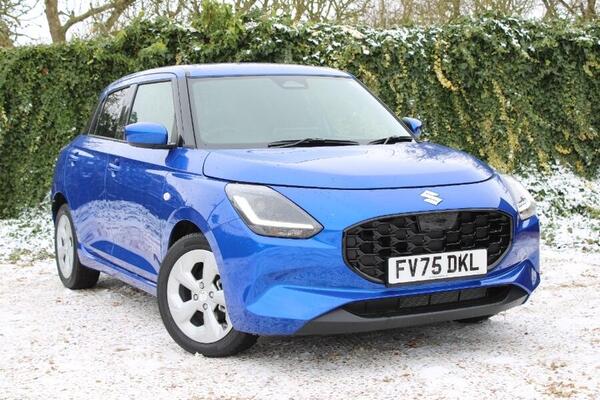Suzuki Swift Hatchback (2017 - 2020) review
The updated Suzuki Swift gets more safety kit, ‘mild hybrid’ tech as standard and fresh looks but loses the fizzy turbocharged 1.0-litre engine option that made it such a hoot to drive

Words by: Ivan Aistrop

Additional words by: Dan Trent
Last updated on 31 May 2017 | 0 min read
The Autotrader expert verdict:
The Suzuki Swift is a stylish supermini that’s great fun to drive and comes with loads of equipment. What’s more, it's very affordable to buy. The iffy interior quality means it’s not perfect, but if you can look past that, it’ll be very appealing indeed. An update for the 2021 model year includes ’mild hybrid’ engines across the board, updated looks and increased standard safety tech but loses the perky turbocharged 1.0-litre engine option we liked so much in the process, leaving it one to look out for if you’re buying used. Click here for our Expert Review of the Swift Sport.
Reasons to buy:
- Good fun to drive
- Cracking turbocharged engine
- Should be affordable to buy and run
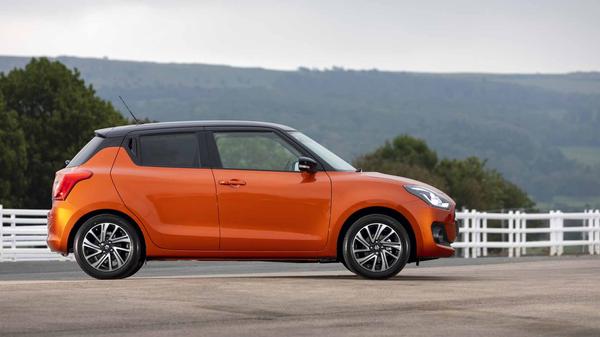
Running costs for a Suzuki Swift
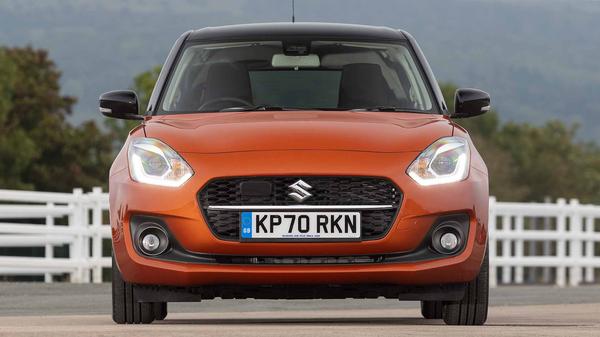
Reliability of a Suzuki Swift
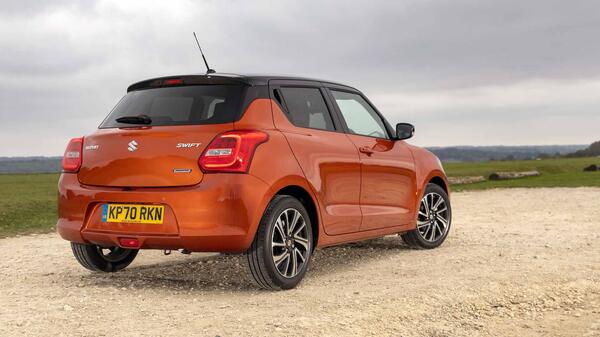
Safety for a Suzuki Swift

How comfortable is the Suzuki Swift
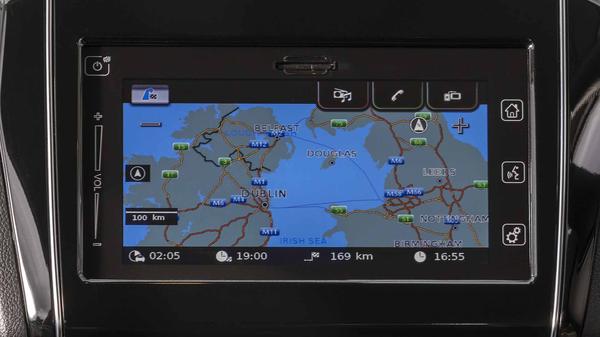
Features of the Suzuki Swift

